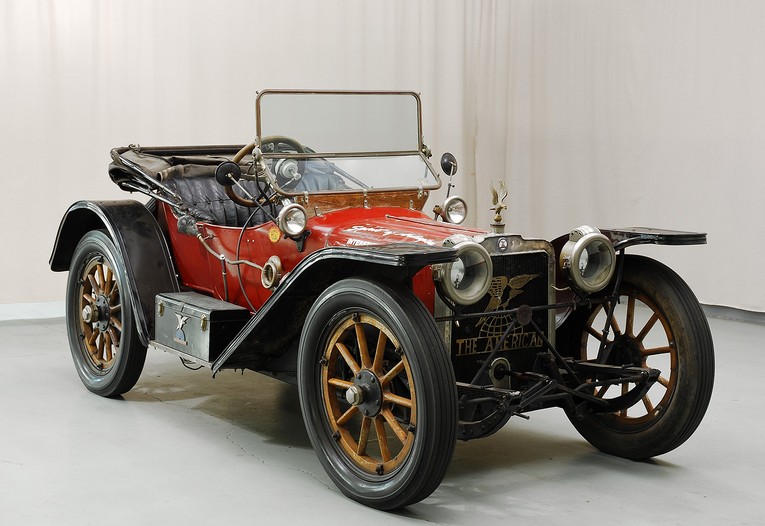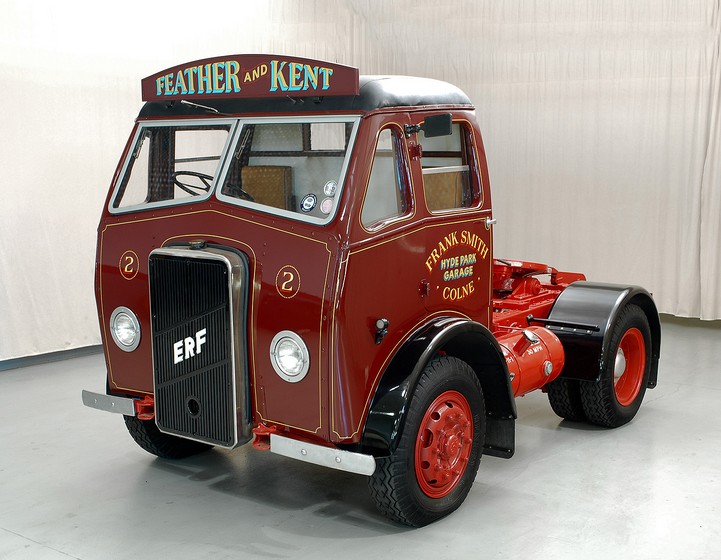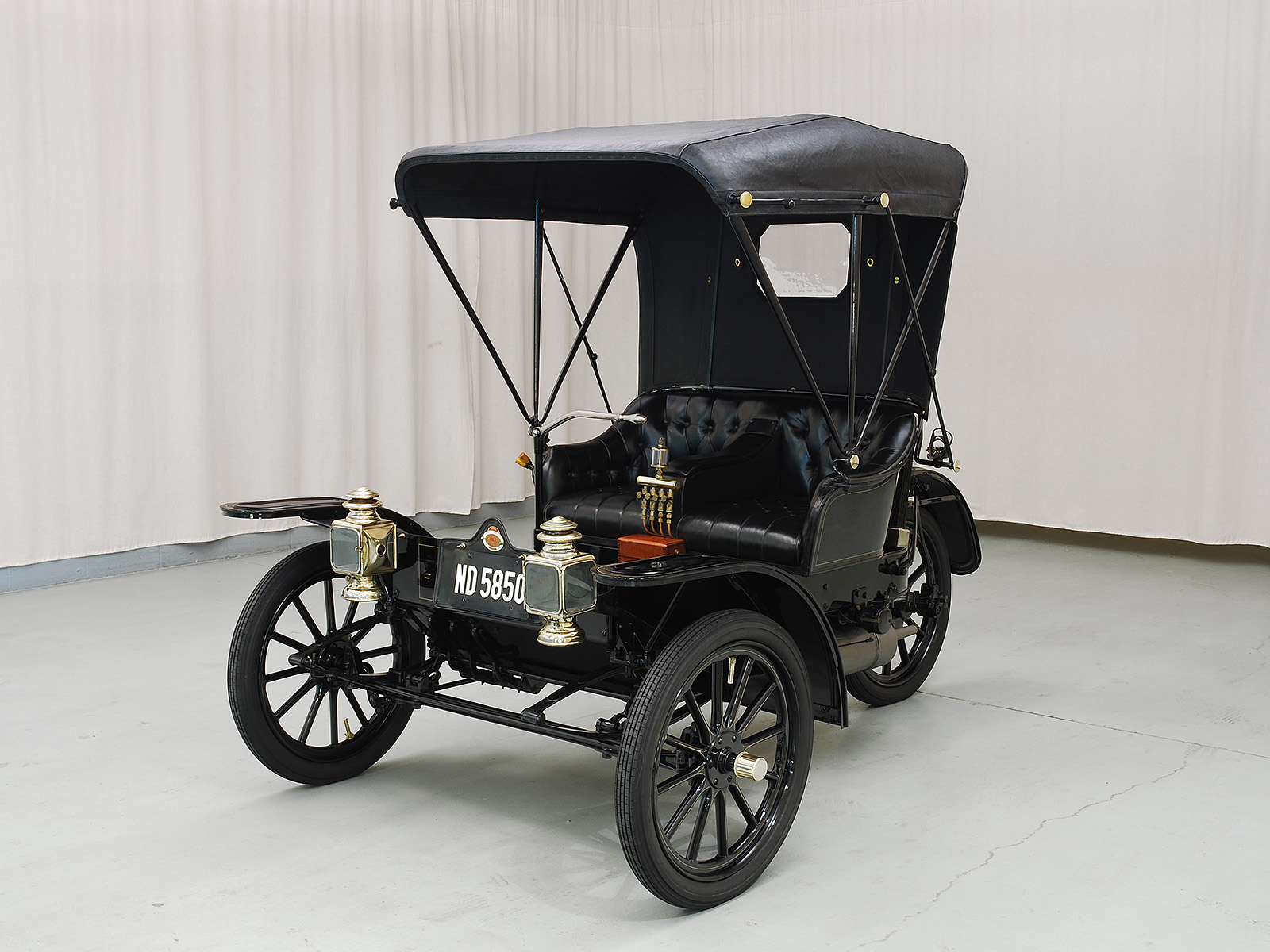1913 American Underslung Model 22-B Scout
For Sale at Hyman Ltd | St. Louis, Missouri
The American Motor Car Company of Indianapolis, Indiana built some of the coolest pre-WWI cars in America. The Underslung model line – which was new for 1909 – featured a, well, low-slung chassis that make the cars look incredible sporty.
The Scout was the two-passenger roadster. Larger cars were also offered. The Model 22 was offered for 1912 and 1913 only and 1914 was the final model year for the American Underslung. It uses a 4.1-liter straight-four making about 25 horsepower.
This car was restored in the 1980s and has been used heavily since. The listing on Hyman Ltd’s website says it better than I can, so read more about it there. In summary, it says that this car has more character than just about anything else you could drive – and they’re right. It’s an amazing old car that can be used and driven. You could have a lot of fun in this car. It is priced right too, for what it is (in the $100,000 range). Check out more cars for sale by them here.
Here’s video of a similar car:










